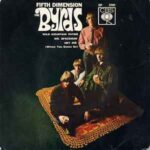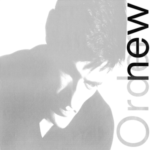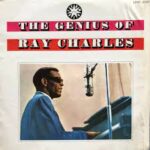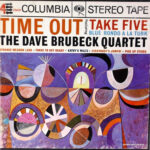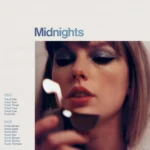 Milton Nascimento and Lo Borges’ collaborative album “Clube Da Esquina,” released in 1972, is a masterpiece that defies genre boundaries and stands as one of the most influential and iconic records in Brazilian music history. Combining elements of MPB (Música Popular Brasileira), folk, rock, and jazz, the album creates a rich and diverse musical landscape that is both captivating and deeply introspective.
Milton Nascimento and Lo Borges’ collaborative album “Clube Da Esquina,” released in 1972, is a masterpiece that defies genre boundaries and stands as one of the most influential and iconic records in Brazilian music history. Combining elements of MPB (Música Popular Brasileira), folk, rock, and jazz, the album creates a rich and diverse musical landscape that is both captivating and deeply introspective.
From the opening track, “Tudo Que Você Podia Ser,” it becomes evident that “Clube Da Esquina” is a unique musical journey. The album is filled with lush arrangements, intricate harmonies, and captivating melodies that showcase the immense talent and musicality of both Nascimento and Borges. The songs effortlessly blend traditional Brazilian rhythms with contemporary sounds, creating a fresh and innovative sonic experience.
One of the standout tracks on the album is “Paisagem Da Janela,” a mesmerizing composition that combines Nascimento’s ethereal vocals with delicate acoustic guitar work. The song’s evocative lyrics and dreamlike atmosphere transport the listener to a serene and introspective state. The fusion of folk and jazz elements creates a captivating musical backdrop that perfectly complements the introspective themes of the lyrics.
Another notable track is “Clube Da Esquina No. 2,” a sprawling and ambitious composition that features intricate vocal harmonies and dynamic shifts in tempo and mood. The song showcases the album’s collaborative nature, with various vocalists and musicians contributing their unique talents. The rich and layered arrangements create a sense of grandeur and musical sophistication.
The album also features the enchanting ballad “Cravo e Canela,” with its delicate piano melodies and Nascimento’s heartfelt vocals. The song’s poetic lyrics and tender delivery evoke a sense of longing and beauty. The sparse instrumentation allows the vocals to take center stage, creating an intimate and emotional listening experience.
One of the strengths of “Clube Da Esquina” is its ability to seamlessly blend diverse musical styles and influences. From the gentle bossa nova-infused “Um Girassol da Cor do Seu Cabelo” to the energetic and rhythmic “O Trem Azul,” the album showcases the versatility and creativity of its creators. The inclusion of instrumental interludes, such as “Me Deixa em Paz,” further adds to the album’s depth and musical diversity.
Beyond its musical brilliance, “Clube Da Esquina” also reflects the sociopolitical climate of Brazil at the time. The album’s lyrics touch on themes of love, introspection, and social awareness, reflecting the tumultuous period of political repression and social change. It stands as a testament to the power of music as a form of expression and resistance.
“Clube Da Esquina” is a landmark album that pushed the boundaries of Brazilian music and left an indelible mark on the global music landscape. Its innovative sound, masterful songwriting, and stunning vocal performances continue to inspire generations of musicians. The album’s ability to evoke a wide range of emotions and transport listeners to a place of beauty and introspection is a testament to its enduring artistic value.
In conclusion, Milton Nascimento and Lo Borges’ “Clube Da Esquina” is a visionary and timeless album that defies categorization. Its fusion of genres, masterful musicianship, and heartfelt lyrics create a captivating and immersive musical experience. This album remains an essential listen for anyone interested in exploring the rich tapestry of Brazilian music and its impact on the world stage.
This post has already been read 87 times!






